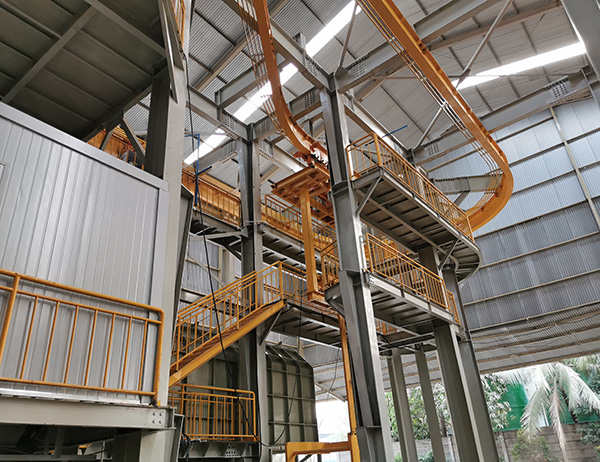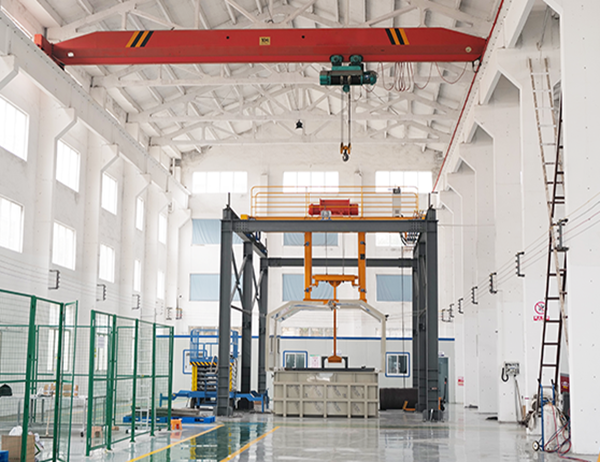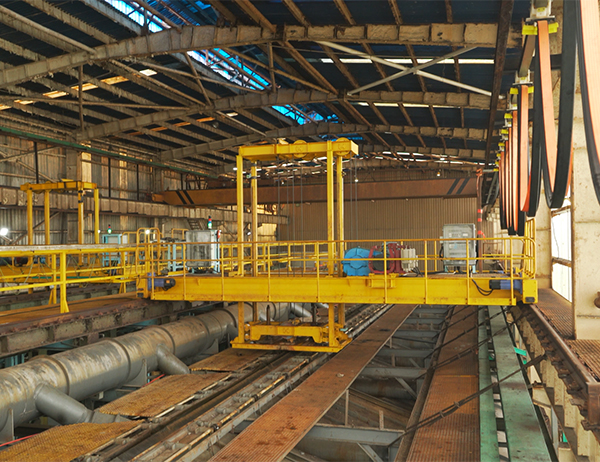What is pickling phosphating
It is a process for metal surface treatment, pickling is the use of a concentration of acid to clean the metal to remove surface rust. Phosphating is to soak the acid-washed metal with phosphating solution to form an oxide film on the surface, which can prevent rust and improve the adhesion of the paint to prepare for the next step.
Pickling to remove rust and peel is the most widely used method in the industrial field. The purpose of rust removal and skin removal is achieved by mechanical stripping of hydrogen produced by acid dissolution of oxide and corrosion. The most common ones used in pickling are hydrochloric acid, sulfuric acid and phosphoric acid. Nitric acid is rarely used because it produces toxic nitrogen dioxide gas during pickling. Hydrochloric acid pickling is suitable for use at low temperatures, should not exceed 45℃, the use of concentration of 10% to 45%, should also add an appropriate amount of acid mist inhibitor is appropriate. Sulfuric acid at low temperature pickling speed is very slow, should be used in the medium temperature, the temperature of 50 ~ 80℃, the use of concentration of 10% ~ 25%. The advantage of phosphoric acid pickling is that it will not produce corrosive residues (more or less there will be Cl-, SO42- residue after hydrochloric acid and sulfuric acid pickling), which is relatively safe, but the disadvantage of phosphoric acid is that the cost is higher, the pickling speed is slow, the general use concentration of 10% to 40%, and the treatment temperature can be normal temperature to 80℃. In the pickling process, the use of mixed acids is also a very effective method, such as hydrochloric-sulfuric acid mixed acid, phospho-citric acid mixed acid. Appropriate amount of corrosion inhibitor must be added to pickling, rust removal and oxidation removal tank solution. There are many types of corrosion inhibitors, and the selection is relatively easy, and its role is to inhibit metal corrosion and prevent "hydrogen embrittlement". However, when pickling "hydrogen embrittleness" sensitive workpieces, the choice of corrosion inhibitors should be particularly careful, because some corrosion inhibitors inhibit the reaction of two hydrogen atoms into hydrogen molecules, namely: 2[H]→H2↑, so that the concentration of hydrogen atoms on the surface of the metal is increased, enhancing the "hydrogen embrittleness" tendency. Therefore, it is necessary to consult the corrosion data manual or do a "hydrogen embrittlements" test to avoid the use of dangerous corrosion inhibitors.
Breakthrough of industrial cleaning technology - green laser cleaning
The so-called laser cleaning technology refers to the use of high energy laser beam to irradiate the surface of the workpiece, so that the surface of the dirt, rust or coating instantaneous evaporation or stripping, high-speed and effective removal of the object surface attachment or surface coating, so as to achieve a clean process. It is a new technology based on the interaction effect of laser and substance, and has obvious advantages compared with traditional cleaning methods such as mechanical cleaning, chemical corrosion cleaning, liquid solid strong impact cleaning, high frequency ultrasonic cleaning. It is efficient, fast, low cost, small thermal load and mechanical load on the substrate, and non-damaging for cleaning; Waste can be recycled, no environmental pollutants safe and reliable, does not damage the health of the operator can remove a variety of different thickness, different components of the coating level cleaning process is easy to achieve automatic control, remote control cleaning and so on.
The green and pollution-free laser cleaning technology completely solves the environmental pollution criticism of pickling phosphating treatment technology. A technology of environmental protection and green cleaning technology - "laser cleaning" came into being and rose with the tide. Its research and development and application lead the new change of industrial cleaning model and bring a new look to the world surface treatment industry.
Post time: Sep-05-2023



